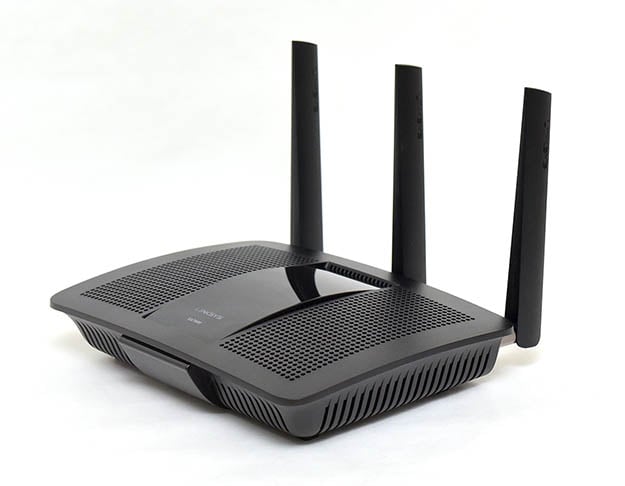MU-MIMO Router Head-to-Head: Linksys EA7500 vs. Netgear Nighthawk X4S
The second wave of 802.11ac routers are now shipping, and they offer a tantalizing performance benefit over the previous routers we’ve reviewed (at least with their older firmware) — the ability to broadcast multiple data streams to several clients at once. This technology, named MU-MIMO, which stands for Multiple User: Multiple Input, Multiple Output, is just now starting to roll out, and is different in one obvious way to the previous technology, named simply MIMO. The previous solution was only able to broadcast multiple streams of data, but could only transmit to one client at a time, whereas this new MU-MIMO technology can send multiple data streams to multiple users at the same time, so it could represent quite a leap forward in performance when multiple MU-MIMO enabled systems are connected through the router. The industry, and users like ourselves, have been looking forward to this advancement for quite some time, so it’s awesome to see it finally roll out.
Linksys And Netgear Routers, Side By Side
We need to point out up front, however, that the wireless client also has to be MU-MIMO capable, and as of this writing we were not able to get our hands on either a laptop or an adapter that supports this technology. Plug-in USB adapters that offer it weren’t going to be available until May, we were told, and we didn't have a Killer-equipped notebook in the lab, so rather than sit on these reviews waiting patiently for the tech gods to smile upon us, we decided to go ahead as-is, testing wireless performance with our existing suite. We plan on testing MU-MIMO as a separate review in the near future, so hang tight for that.
Both of these routers are dual-band, so they are priced a bit more conservatively than the tri-band routers we looked at previously. Both are wireless AC routers, obviously, and are similar in terms of their specs, though the Netgear router has one additional antenna, and offers 160MHz channels on its 5GHz band, so its overall bandwidth rating is slightly higher than the Linksys -- with a higher price tag to match. We’ll be curious to see if it makes a difference in our testing...
Neither of these routers offer link aggregation or anything fancy aside from MU-MIMO. They are just straight-up, 802.11ac routers with dual-bands for 2.4GHz and 5GHz, with four LAN ports, USB ports, etc. The standard stuff in other words. Let’s take a closer look at each router, then get on with the testing!








